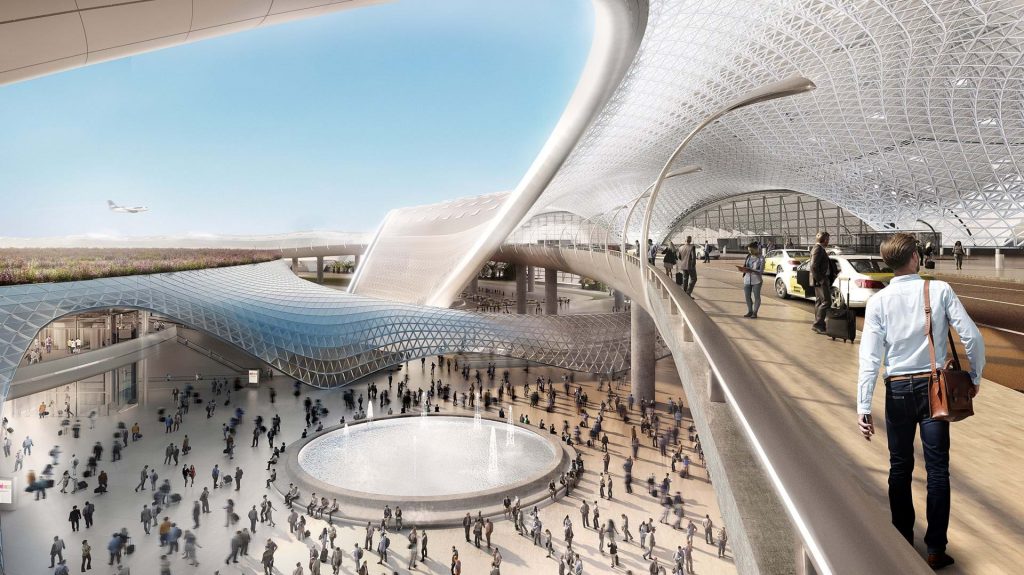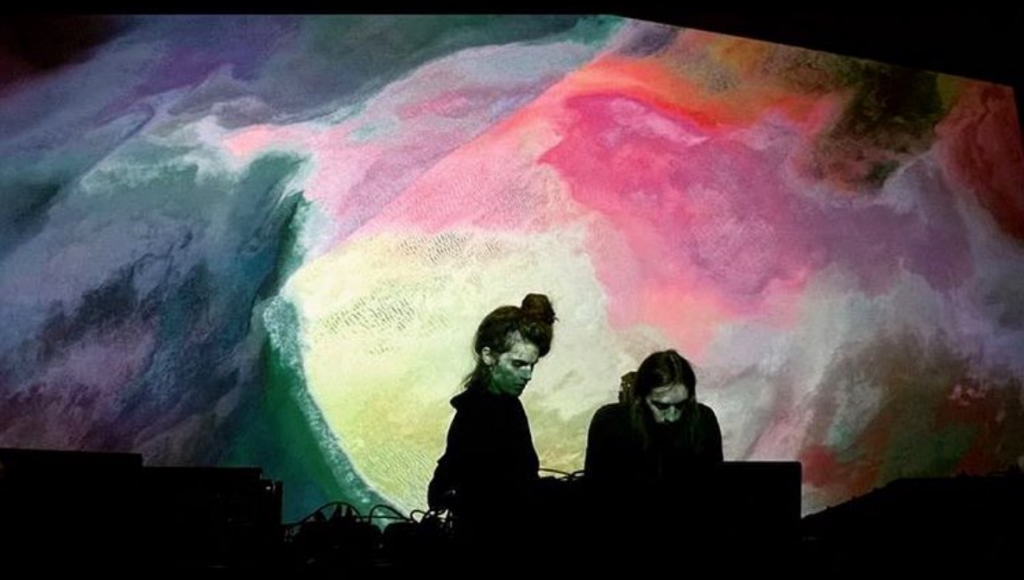sleo-selfportrait
/*Sean B. Leo
Section C
sleo@andrew.cmu.edu
Project_01*/
function setup() {
createCanvas(600, 600);
}
function draw() {
background(225);
noStroke();
//skin
fill(222, 197, 165);
rect(200, 150, 200, 300);
quad(200, 150, 200, 450, 178, 400, 150, 200);
quad(400, 150, 450, 200, 415, 440, 400, 400);
//hair
fill(83, 47, 22);
quad(150, 150, 350, 100, 450, 150, 350, 175);
rect(150, 210, 10, 80);
rect(440, 210, 10, 80);
triangle(200, 150, 150, 250, 130, 175);
triangle(400, 150, 470, 170, 450, 250);
//beard
quad(150, 249, 200, 375, 250, 470, 160, 430);
quad(450, 249, 440, 430, 350, 470, 400, 375);
quad(200, 400, 270, 450, 270, 500, 200, 460);
quad(400, 400, 400, 460, 320, 500, 320, 450);
rect(270, 450, 50, 50);
//musatche
quad(200, 420, 270, 390, 280, 395, 300, 405);
quad(320, 390, 330, 395, 400, 420, 300, 405);
}
Thinking about drawing through coordinates was challenging as well as getting used to the grid orientation. I believe it’ll just take some getting used too and practice.
*not sure why my height is getting cropped off…



![[OLD FALL 2019] 15-104 • Introduction to Computing for Creative Practice](https://courses.ideate.cmu.edu/15-104/f2019/wp-content/uploads/2020/08/stop-banner.png)

